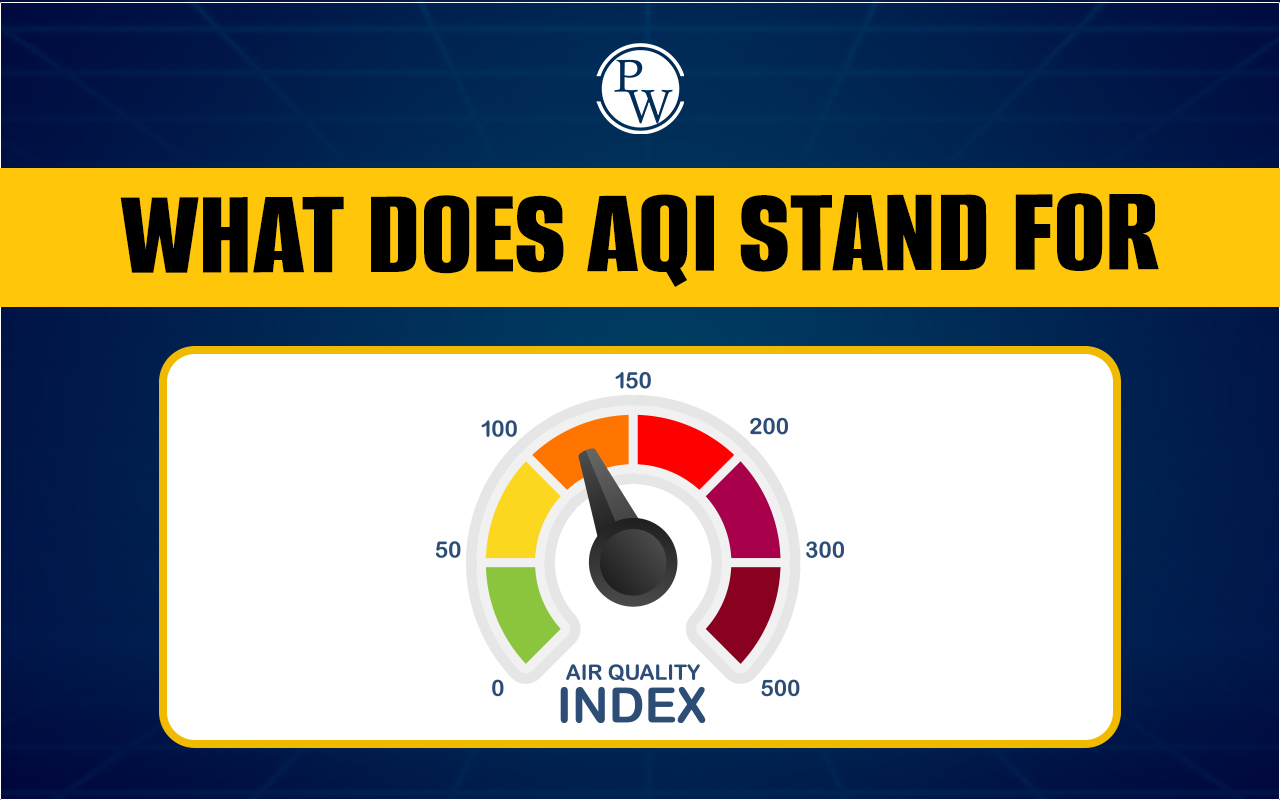

What Does AQI Stand For? FAQs
What does AQI stand for?
AQI stands for Air Quality Index, a system used to measure and communicate air quality levels in a specific area. It helps the public understand the potential health risks of air pollution.
What pollutants are considered in the AQI calculation?
AQI considers pollutants like PM2.5, PM10, ozone, carbon monoxide, sulfur dioxide, and nitrogen dioxide, as these have significant health impacts.
How is AQI calculated?
AQI is calculated by measuring the concentration of pollutants in the air and converting them into a single number on a scale from 0 to 500. The higher the number, the greater the pollution level.
What is the significance of different AQI color codes?
Each AQI category is assigned a color, such as green for good air quality (0-50) and purple for hazardous air quality (301-500), indicating the severity of pollution and its health risks.
Why is it important to monitor AQI levels?
Monitoring AQI helps individuals take necessary precautions on days with poor air quality, informs health decisions, and guides government policies on pollution control.
🔥 Trending Blogs
Talk to a counsellorHave doubts? Our support team will be happy to assist you!

Check out these Related Articles
Free Learning Resources
PW Books
Notes (Class 10-12)
PW Study Materials
Notes (Class 6-9)
Ncert Solutions
Govt Exams
Class 6th to 12th Online Courses
Govt Job Exams Courses
UPSC Coaching
Defence Exam Coaching
Gate Exam Coaching
Other Exams
Know about Physics Wallah
Physics Wallah is an Indian edtech platform that provides accessible & comprehensive learning experiences to students from Class 6th to postgraduate level. We also provide extensive NCERT solutions, sample paper, NEET, JEE Mains, BITSAT previous year papers & more such resources to students. Physics Wallah also caters to over 3.5 million registered students and over 78 lakh+ Youtube subscribers with 4.8 rating on its app.
We Stand Out because
We provide students with intensive courses with India’s qualified & experienced faculties & mentors. PW strives to make the learning experience comprehensive and accessible for students of all sections of society. We believe in empowering every single student who couldn't dream of a good career in engineering and medical field earlier.
Our Key Focus Areas
Physics Wallah's main focus is to make the learning experience as economical as possible for all students. With our affordable courses like Lakshya, Udaan and Arjuna and many others, we have been able to provide a platform for lakhs of aspirants. From providing Chemistry, Maths, Physics formula to giving e-books of eminent authors like RD Sharma, RS Aggarwal and Lakhmir Singh, PW focuses on every single student's need for preparation.
What Makes Us Different
Physics Wallah strives to develop a comprehensive pedagogical structure for students, where they get a state-of-the-art learning experience with study material and resources. Apart from catering students preparing for JEE Mains and NEET, PW also provides study material for each state board like Uttar Pradesh, Bihar, and others
Copyright © 2025 Physicswallah Limited All rights reserved.











